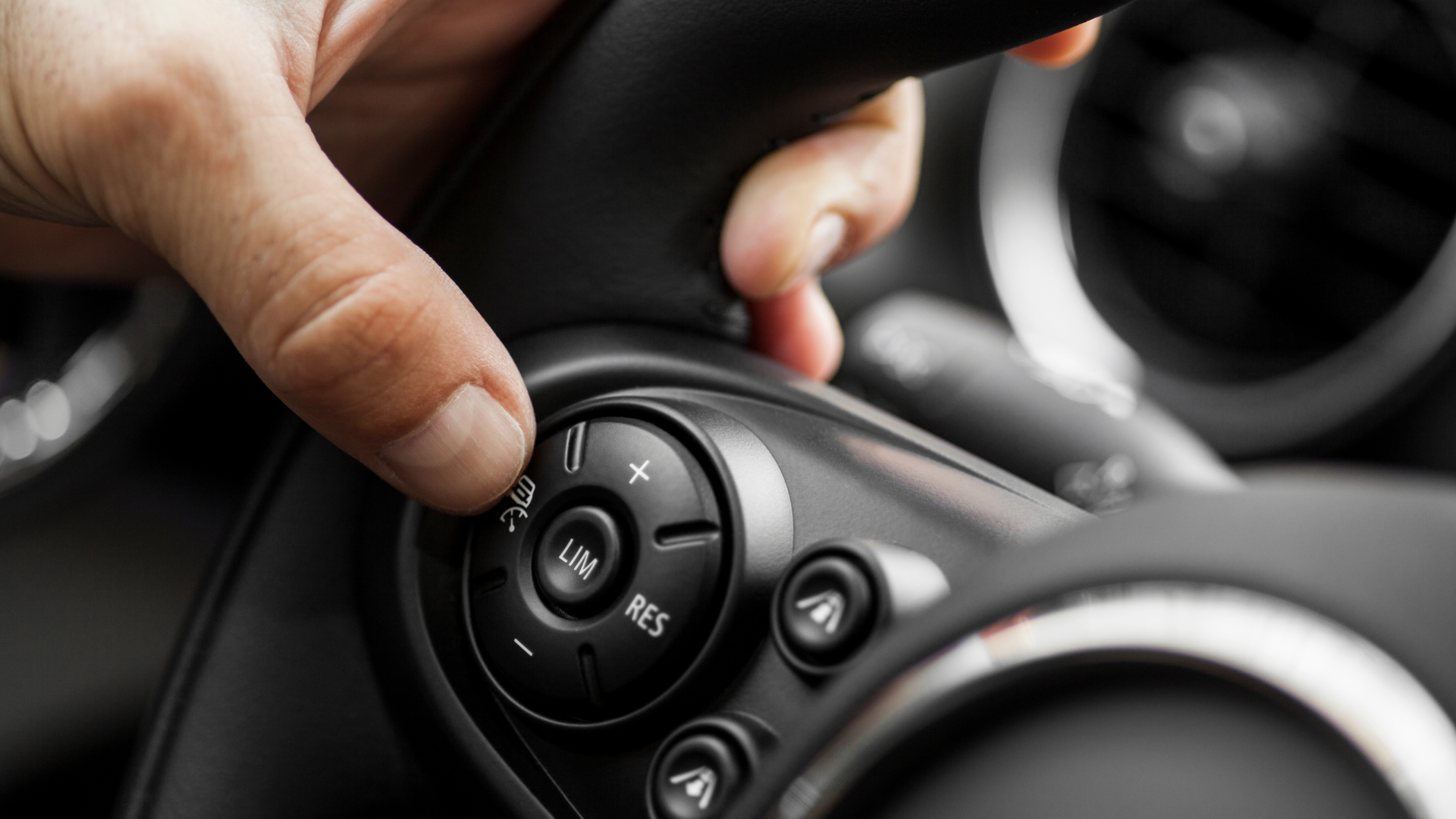How cruise control makes long drives a breeze

Ever feel leg cramps on long drives? Cruise control to the rescue! This story explores how cruise control works, how it benefits drivers (reduced fatigue, better gas mileage), and when best to use it (highway, not rush hour). Learn how cruise control can make your next road trip a breeze!
The open road stretches before you, the engine humming a steady tune. But your leg starts to ache from constantly maintaining the gas pedal. This is where cruise control steps in. It's a technological marvel that has transformed long-distance driving.
Cruise control is a driver-assistance system that automatically maintains a preset vehicle speed. It achieves this by electronically regulating the engine's throttle position. Once activated, sensors monitor the car's speed, and the computer adjusts engine power to match any deviations. This translates to a constant, effortless driving experience.
Cruise control offers a multitude of advantages, particularly on long highway journeys. The primary benefit is reduced driver fatigue. By allowing drivers to remove their foot from the gas pedal, cruise control eases leg strain and promotes a more relaxed driving posture. This, in turn, enhances focus and reduces the risk of driver fatigue, a major contributor to highway accidents.
Furthermore, cruise control can contribute to improved fuel efficiency. Maintaining a constant speed is generally more fuel-efficient than constantly accelerating and braking. Cruise control helps drivers achieve optimal fuel economy, especially on flat or gently rolling terrain.
Modern cruise control systems have evolved beyond the simple "set and forget" functionality. Many cars now offer features like:
- Resume function: This allows drivers to deactivate cruise control temporarily, perhaps to brake for an exit, and then resume their set speed with a button press.
- Speed adjustment: Drivers can easily increase or decrease their set speed through buttons on the steering wheel, providing added control without needing to deactivate the system entirely.
- Adaptive Cruise Control (ACC): This advanced variation utilises sensors to detect the car ahead and automatically adjust your speed to maintain a safe following distance. This is particularly beneficial in heavy traffic situations.
While cruise control offers numerous benefits, it's not suitable for all driving conditions. Here's when it's best to take manual control:
- Stop-and-go traffic: Cruise control constantly adjusts to maintain speed, which can be inefficient and jerky in congested traffic.
- Curvy roads: Cruise control is not designed for navigating tight curves or switchbacks, where driver responsiveness is crucial.
- Adverse weather: Rain, fog, or snow can significantly impact road conditions. Cruise control may not react quickly enough for situations requiring immediate adjustments in speed.
Cruise control remains a valuable tool in a driver's arsenal. It offers a comfortable, fuel-efficient driving experience on long highway stretches. However, it should be used responsibly, with the driver remaining alert and prepared to take over whenever necessary. By understanding its limitations and using it appropriately, cruise control can truly transform long journeys into a more enjoyable and relaxing experience.